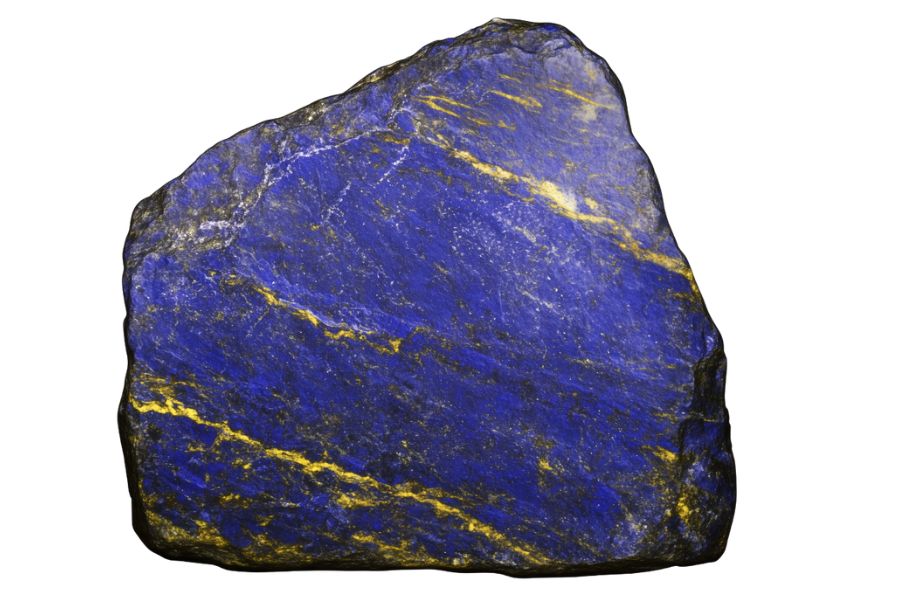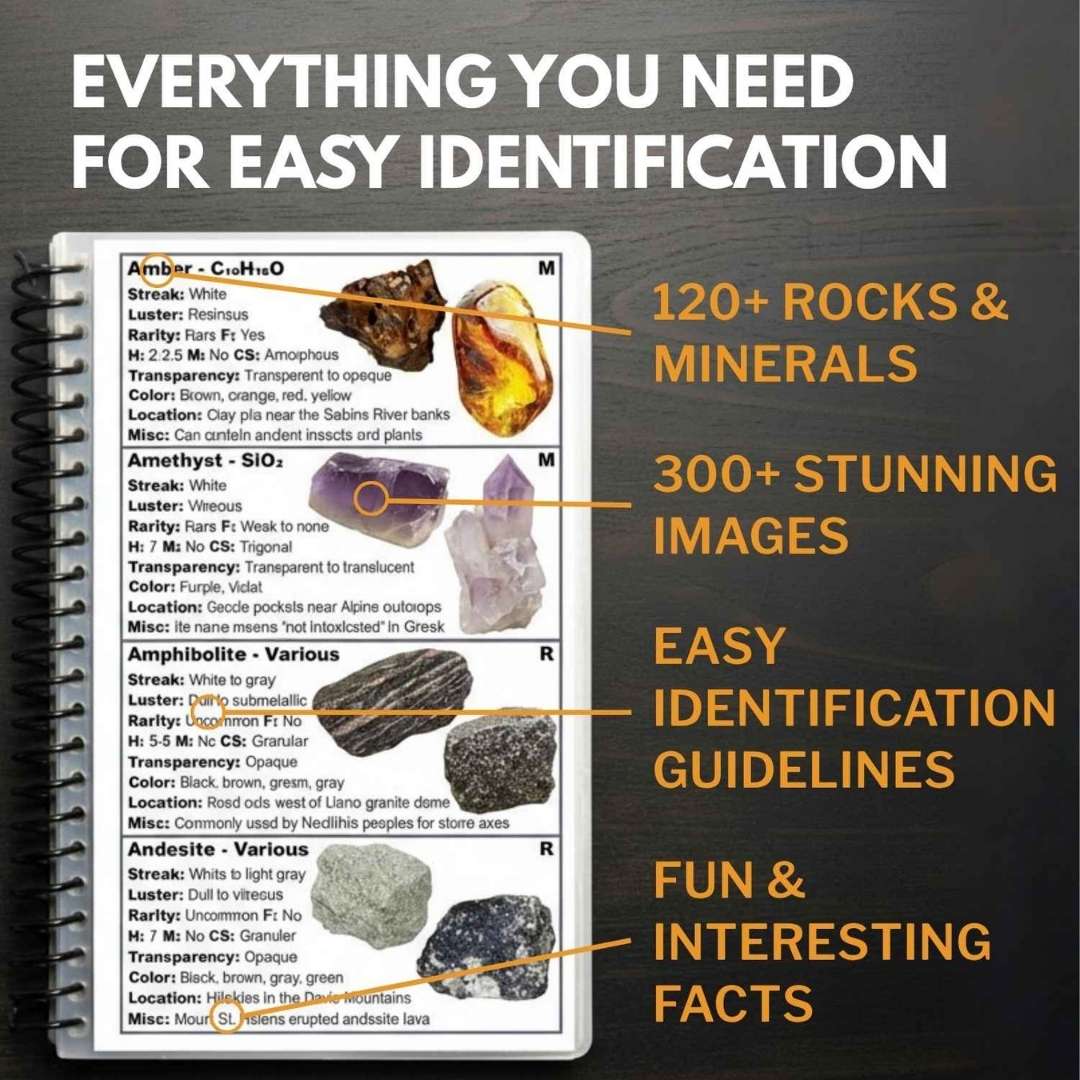Texas has some of the most surprising rockhounding spots in the country. While it’s famous for agates and petrified wood, few people know that you can also find lapis lazuli here. This deep blue stone, once prized by ancient civilizations, is not just limited to Afghanistan and South America.
In Texas, lapis lazuli can be found in certain areas mixed with other minerals. Some rockhounds have spotted traces in creek beds, while others have found small deposits in old mining sites.
If you’re up for the challenge, we’ve rounded up the best places in Texas where you have a chance to find this beautiful blue gemstone.
The only other thing you’ll want to bring is Rock Chasing’s Texas Rocks & Minerals Identification Field Guide so you never mistake an ordinary stone for something valuable or walk past a real treasure without realizing it.
How Lapis Lazuli Forms Here
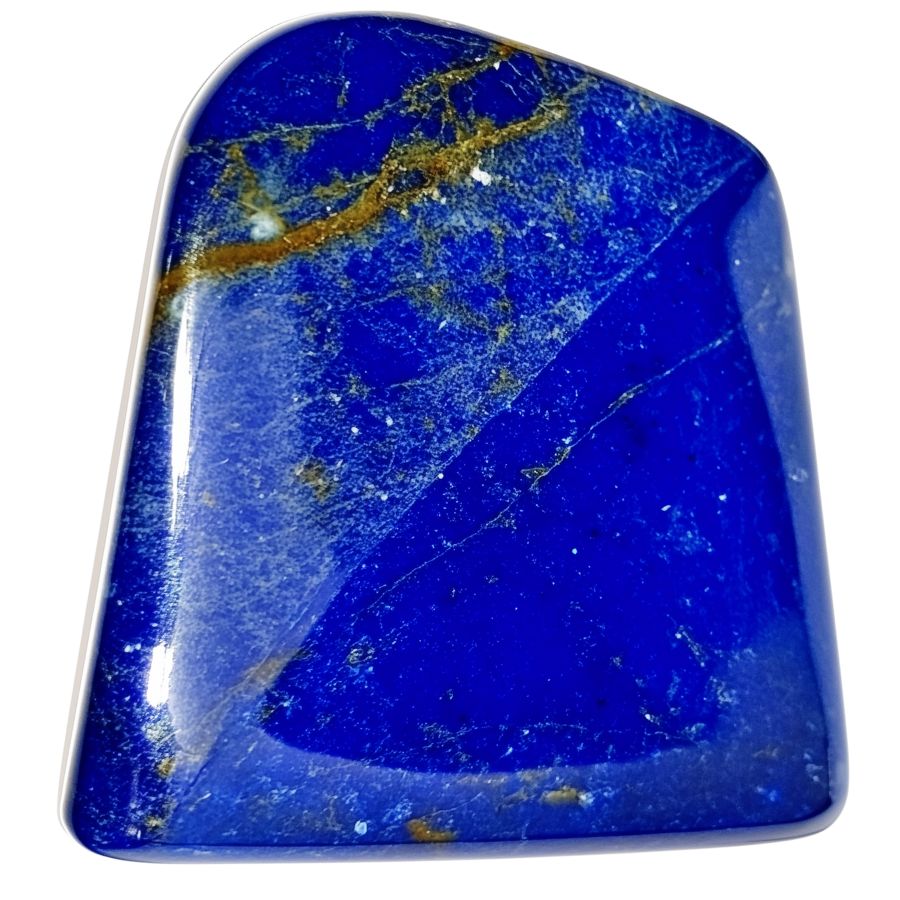
Lapis Lazuli forms deep within metamorphic rocks when limestone or marble undergoes intense pressure and heat. Different minerals come together during this process, mainly lazurite, pyrite, and calcite.
Pressure from the Earth’s crust transforms these minerals into the distinctive blue stone we know. Heat plays a crucial role by helping the minerals crystallize properly.
Multiple mineral components mix during formation, creating those white and gold streaks you see.
Creating this stone takes millions of years of perfect conditions. Nature has to maintain just the right temperature and pressure throughout the process.
Sometimes, other minerals like sodalite and hauyne join the mix, affecting the final color. Rocks surrounding the forming Lapis Lazuli also influence its quality and appearance.
Types of Lapis Lazuli
Lapis Lazuli occurs in several distinct varieties, each displaying unique characteristics based on its geographical origin and mineral composition.
Understanding these different types helps collectors, artisans, and enthusiasts identify and appreciate the stone’s diverse beauty.
Blue Lapis Lazuli
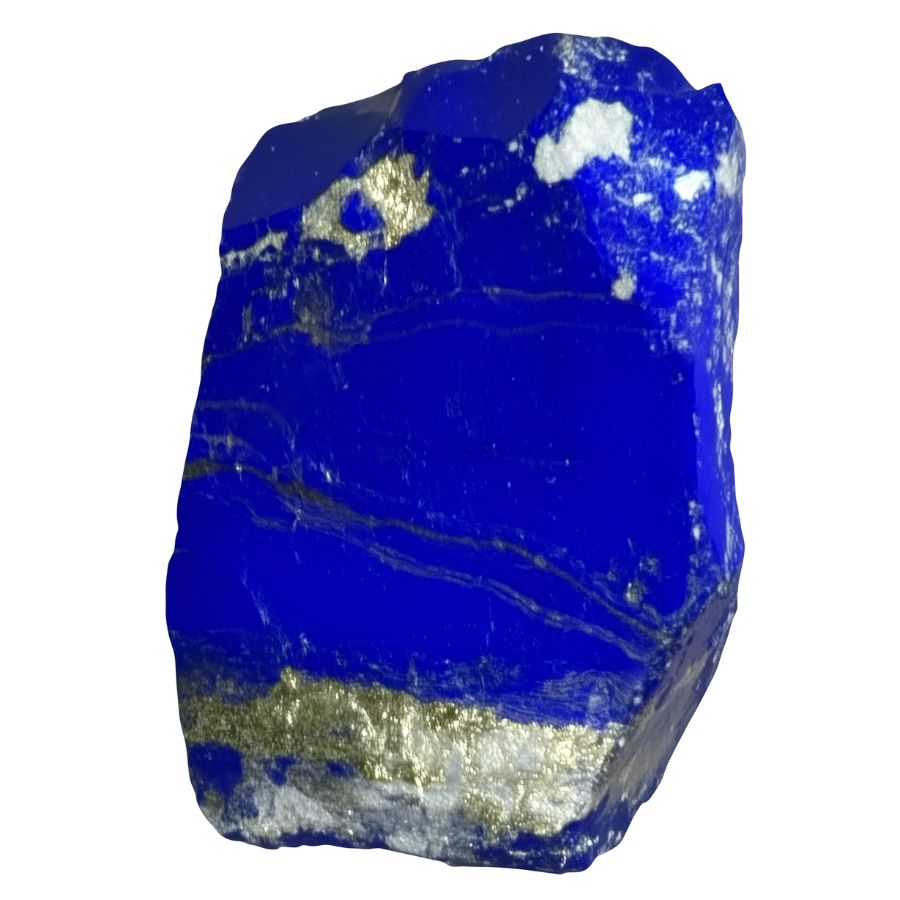
Brilliant indigo coloring dominates high-quality specimens. Natural crystallization processes create remarkable color consistency throughout each piece. Professional examination reveals fascinating internal structures invisible to casual observation.
Advanced studies show precise mineral combinations creating intense blue colors. Scientific analysis helps identify premium specimens through specific testing methods. Color intensity varies based on exact mineral ratios.
Modern technology allows detailed analysis of mineral composition. Research continues to reveal new information about formation processes.
If you want REAL results finding incredible rocks and minerals in Texas you need one of these 👇👇👇
Finding the coolest rocks in Texas isn’t luck, it's knowing what to look for. Thousands of your fellow rock hunters are already carrying Rock Chasing field guides. Maybe it's time you joined the community.
Lightweight, mud-proof, and packed with clear photos, it’s become the go-to tool for anyone interested discovering what’s hidden under our red dirt.
Join them, and make your next rockhounding trip actually pay off.
📘 Order the Texas Field Guide Now →
What makes it different:
🚙 Field-tested across Texas rivers, ranchlands, and roadcuts.
📘 Heavy duty laminated pages resist dust, sweat, and water.
🧠 Zero fluff — just clear visuals and straight-to-the-point info.
📍 Find hidden gems like Blue Topaz, Texas agate, and petrified wood fast.
⭐ Rated 4.8★ by real collectors who actually use it in the field.
White Lapis Lazuli
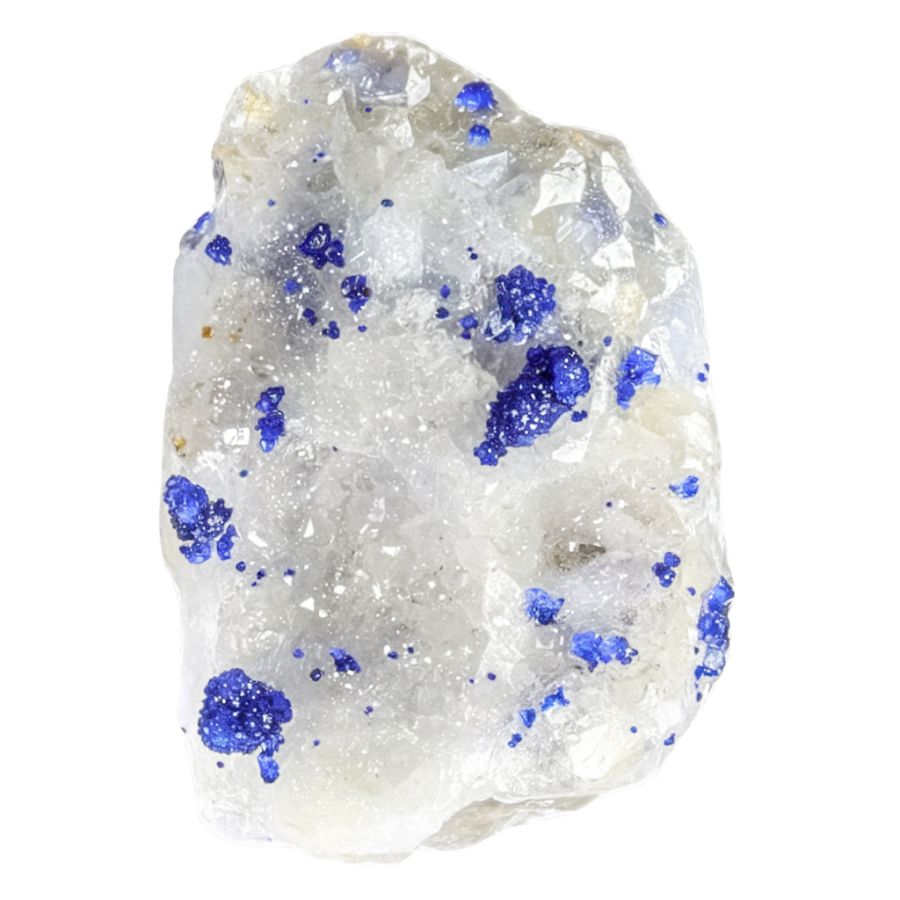
Delicate streaks of white calcite create beautiful patterns across this light-colored variety. Natural light filtering through translucent areas produces a soft, ethereal effect that distinguishes it from other types. Fine white lines weave through the stone’s surface, forming intricate designs.
The surface texture feels remarkably smooth when polished, making it excellent for detailed carvings.
Collectors seek this variety for its understated elegance and rarity in the market. White Lapis holds special appeal for those who prefer subtle beauty over bold statements.
Afghan Lapis Lazuli
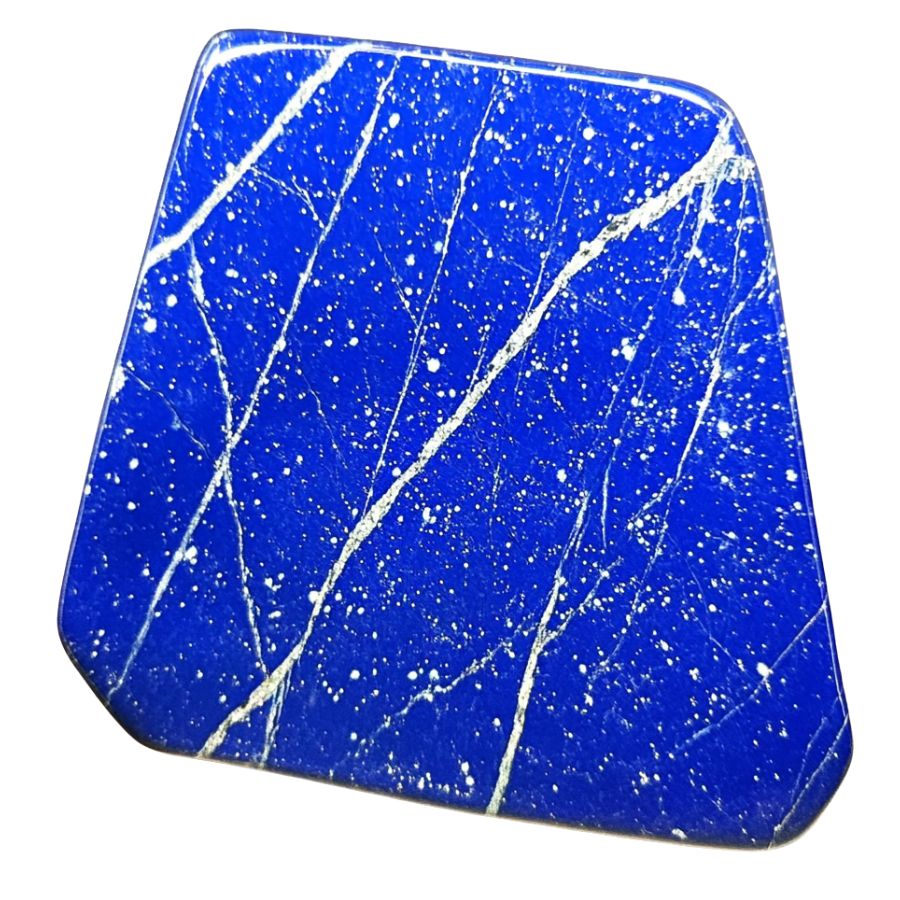
Afghan Lapis Lazuli stands out for its intense royal blue coloring, creating an immediately striking visual impact. Rich, uniform coloring characterizes high-quality Afghan specimens, with minimal white or grey streaks interrupting the blue background.
Natural inclusions add character without compromising the stone’s overall beauty. Skilled artisans particularly value this variety for its consistent quality and workability.
Most pieces display an even distribution of pyrite, creating a balanced and harmonious appearance. These golden specks vary in size and placement, making every specimen one-of-a-kind.
Close inspection of the stone reveals subtle variations in blue tones, from deep navy to bright azure, adding depth to its appearance.
Chilean Lapis Lazuli
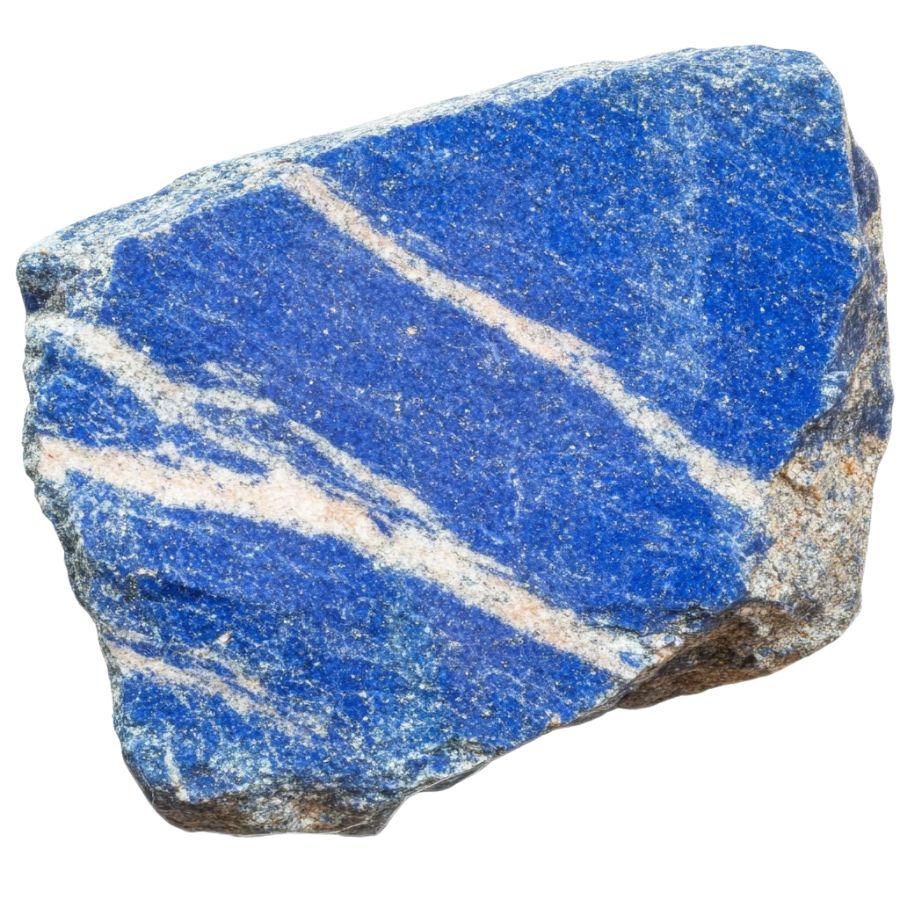
Chilean Lapis Lazuli showcases distinctive white calcite veining running through its blue body, creating interesting patterns and textures. These natural streaks add character and make each piece easily identifiable from other varieties.
The crystal structure contains notable amounts of wollastonite, giving Chilean specimens their characteristic appearance. This mineral combination creates interesting optical effects when light hits the surface.
Professional cutters develop special techniques to work with Chilean material, highlighting its best features. Larger pieces often display dramatic color contrasts between dark blue areas and white veining.
Russian Lapis Lazuli
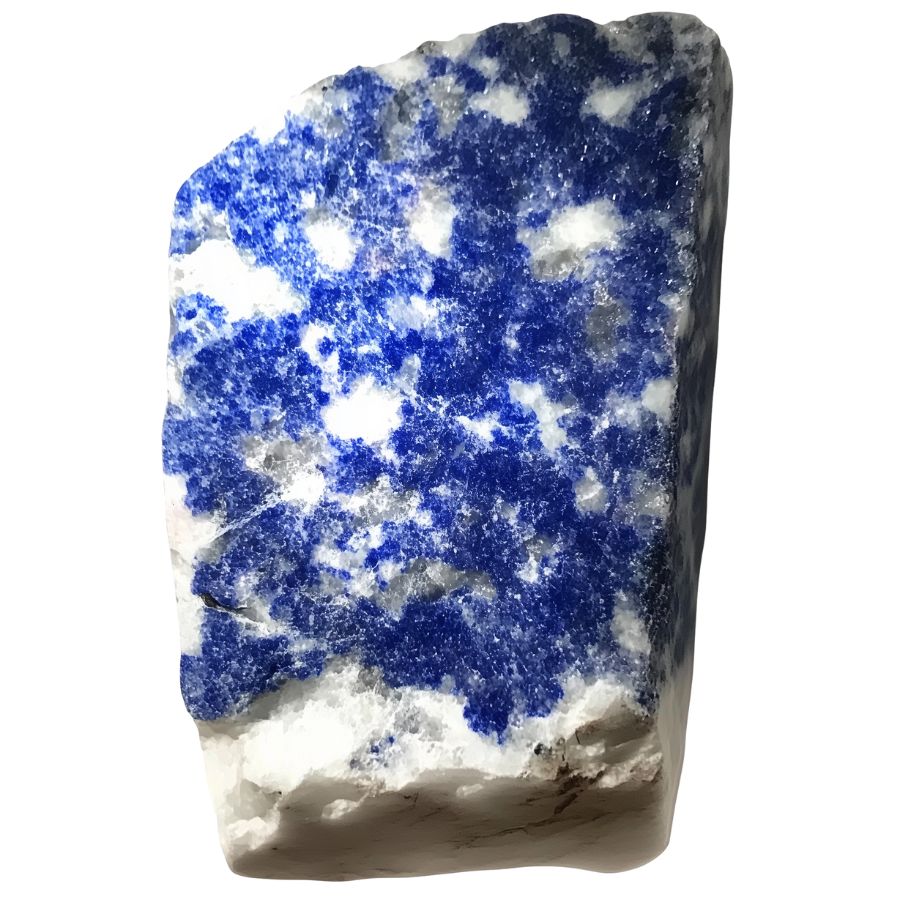
Russian Lapis Lazuli features distinct mineral compositions including significant amounts of diopside. These additional minerals create subtle color variations throughout the stone.
Specimens typically contain minimal pyrite, resulting in a cleaner, more uniform appearance. Instead of golden flecks, Russian pieces showcase varying blue tones and subtle color shifts. This characteristic gives them a more subdued, elegant appearance.
Professional cutters appreciate how Russian specimens take an even polish. The stone’s structure allows for detailed carving while maintaining its attractive appearance.
When properly finished, pieces display a subtle gleam that enhances their natural beauty.
Italian Lapis Lazuli
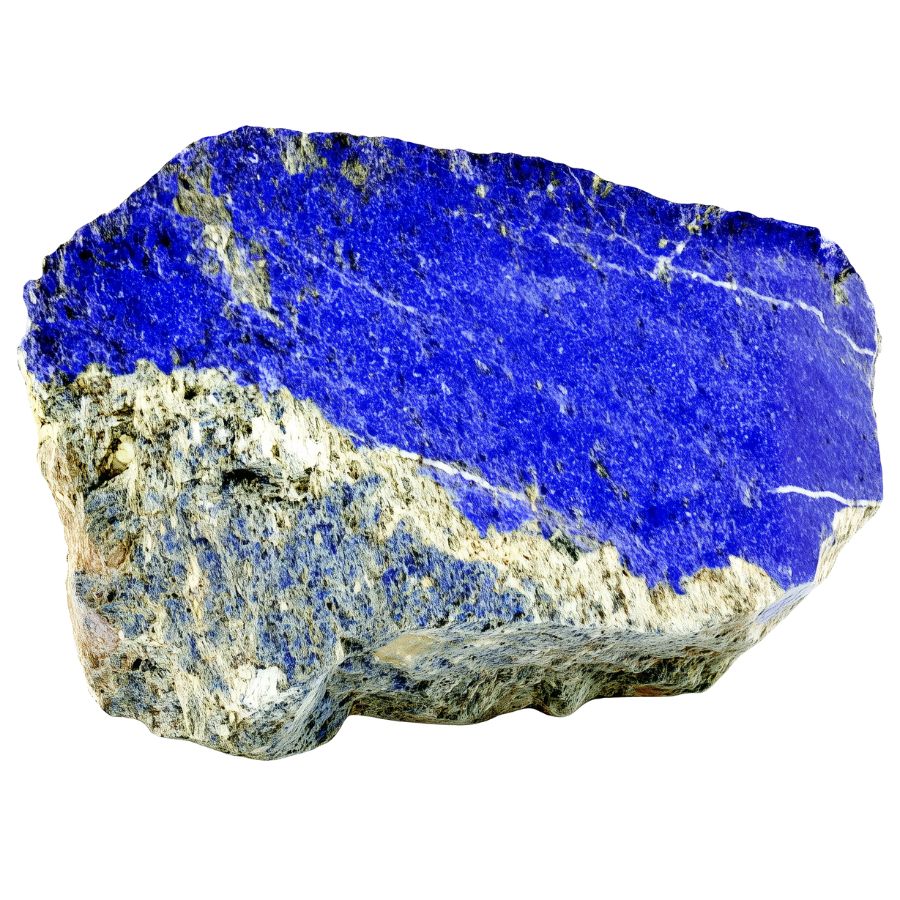
Italian Lapis Lazuli displays softer blue tones compared to other varieties, often showing subtle variations in color intensity. Natural patterns include gentle transitions between lighter and darker areas.
Historical significance stems from its extensive use in Renaissance art and architecture. Artists ground this stone into pigment to create brilliant blue colors in paintings. This traditional use influenced European art for centuries.
Italian pieces often show more subtle coloring than their counterparts from other regions. This gentler appearance makes them particularly suitable for certain artistic applications. Professional stone workers value their consistent working properties.
Green Lapis Lazuli
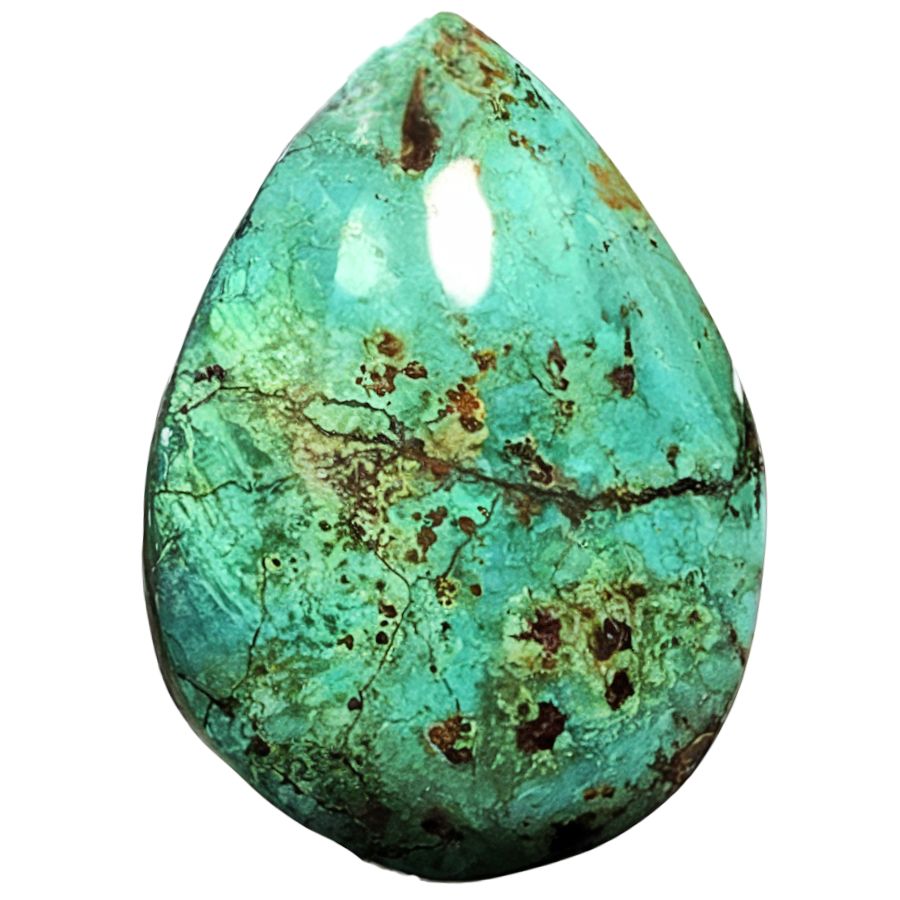
Mineral variations create fascinating green undertones in this distinctive variety. Traces of specific minerals influence color shifts from blue-green to sage, producing remarkable visual effects.
Crystal structure affects how light interacts with the surface, creating subtle color play. Environmental factors during formation lead to interesting patterns and textures.
Scientific analysis reveals unique mineral combinations responsible for green coloring. Understanding these variations helps experts identify genuine specimens. Professional testing confirms specific mineral content that causes green hues.
Purple-Blue Lapis Lazuli
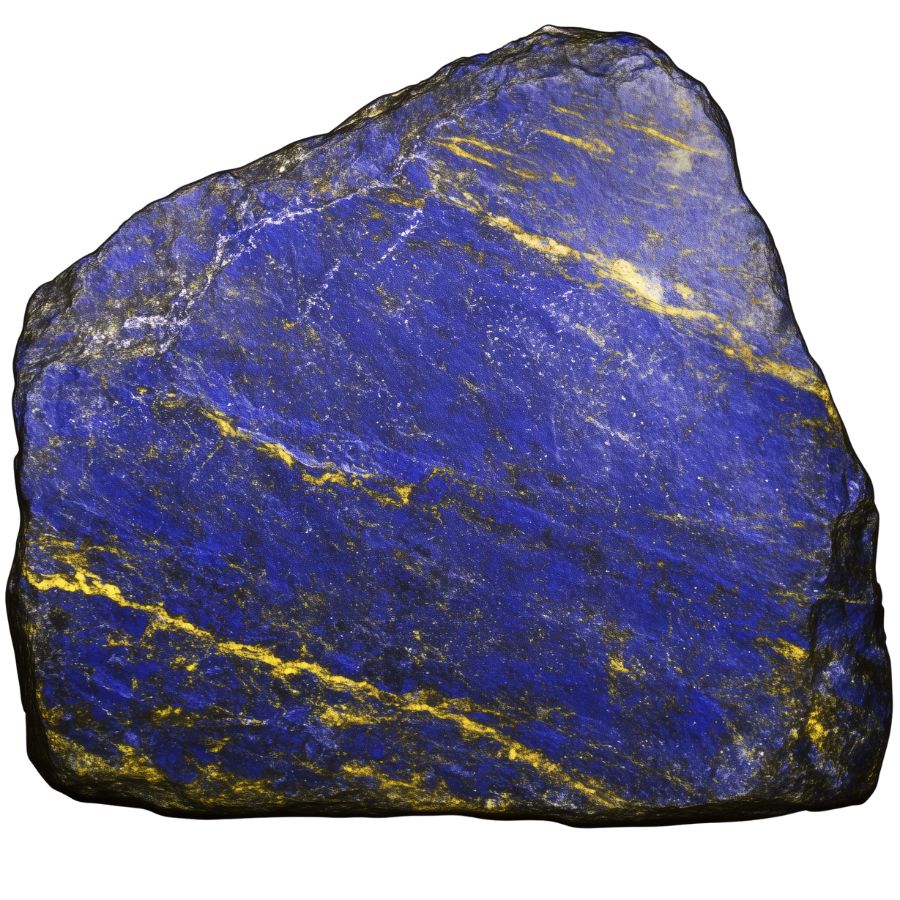
Violet undertones create rich, royal purple-blue coloring in select specimens. Natural color variations result from specific mineral combinations during formation. Complex crystal structures produce fascinating optical effects under different lighting conditions.
Scientific studies show unique mineral ratios causing purple tints. Advanced testing methods help identify genuine purple-blue varieties. Color stability remains consistent under various light sources.
Professional processing methods preserve natural color characteristics. Modern analysis reveals fascinating details about formation conditions. Each specimen tells a story about ancient geological processes.
What Rough Lapis Lazuli Look like?
Lapis Lazuli in its rough form can be tricky to identify, especially when you’re just starting to explore rocks and minerals. Here’s how you can spot this royal blue beauty without needing fancy equipment.
Look for the Signature Deep Blue Color
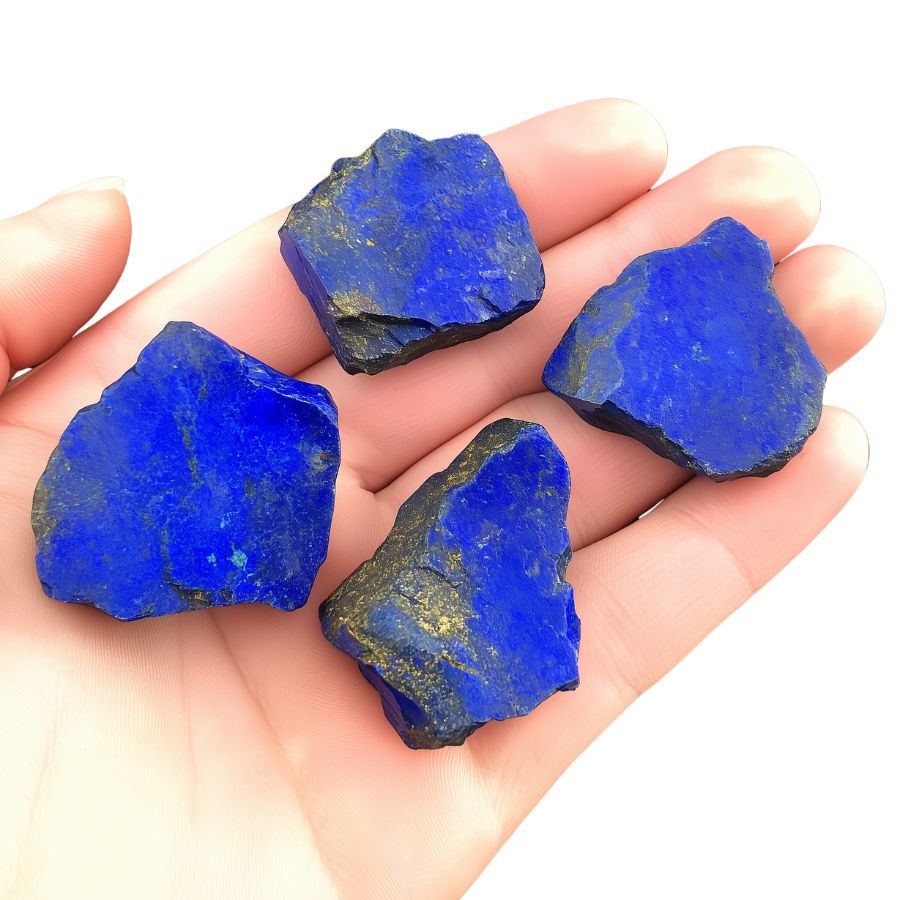
The most striking feature of rough Lapis is its deep, intense blue color – think midnight sky or ocean depths. But it’s rarely just blue. You’ll often spot tiny gold-colored flecks (pyrite) scattered throughout, like stars in the night sky.
Sometimes you might see white streaks or patches (calcite). If the blue looks too bright or artificial, it might be dyed sodalite or howlite instead.
Check for a Glassy to Waxy Surface
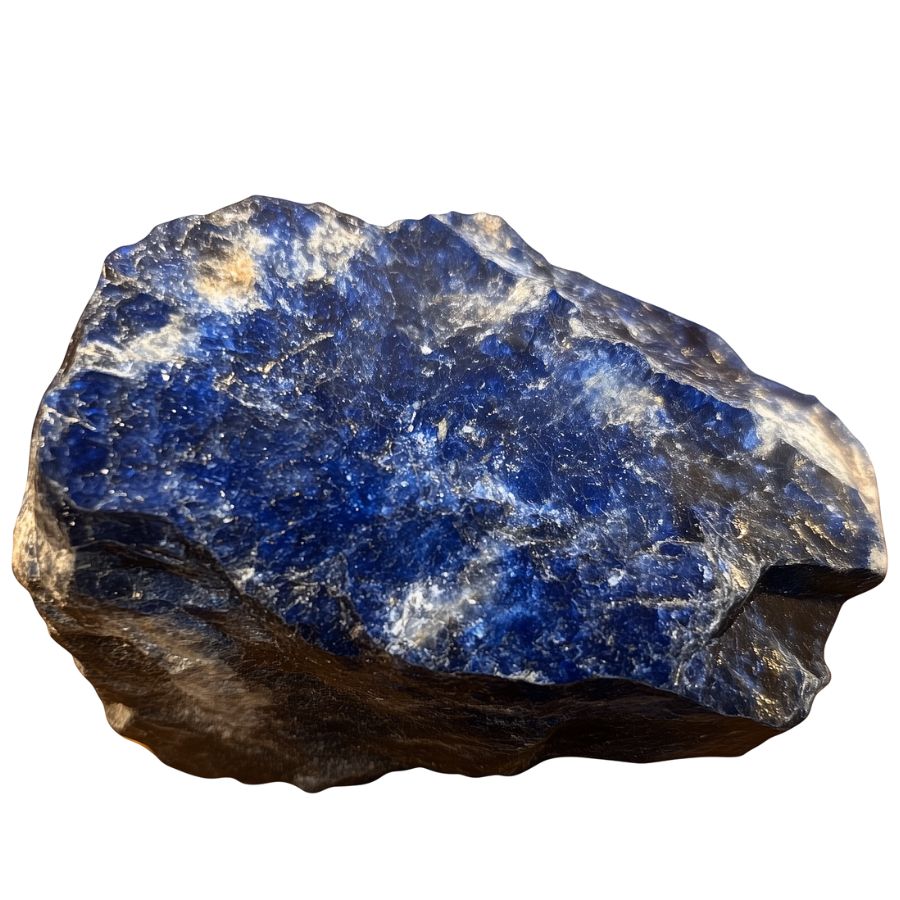
Run your fingers over raw Lapis – it should feel smooth but not quite glassy. Unlike polished pieces, rough Lapis has a somewhat waxy or matte appearance.
Look for areas where the surface seems uneven or slightly greasy. These characteristics come from its metamorphic nature.
A quick tip: if it’s super glossy or feels plasticky, it’s probably fake.
Assess the Hardness Through Simple Tests
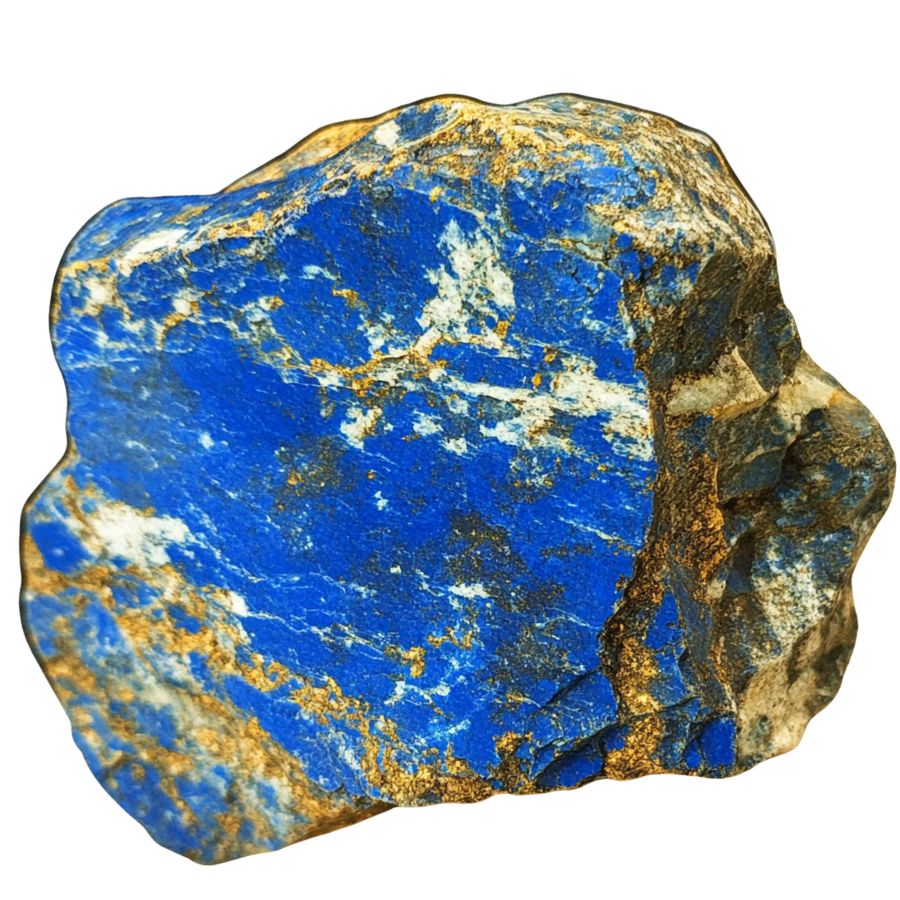
Grab a copper penny and try to scratch your specimen. Lapis ranks 5-5.5 on the Mohs scale, so it shouldn’t scratch easily with a fingernail (2.5) but will yield to a steel knife (5.5).
Don’t go crazy with scratching – just test a small, inconspicuous spot. The stone should feel solid and compact, not crumbly or soft like chalk.
Watch for Key Mineral Inclusions
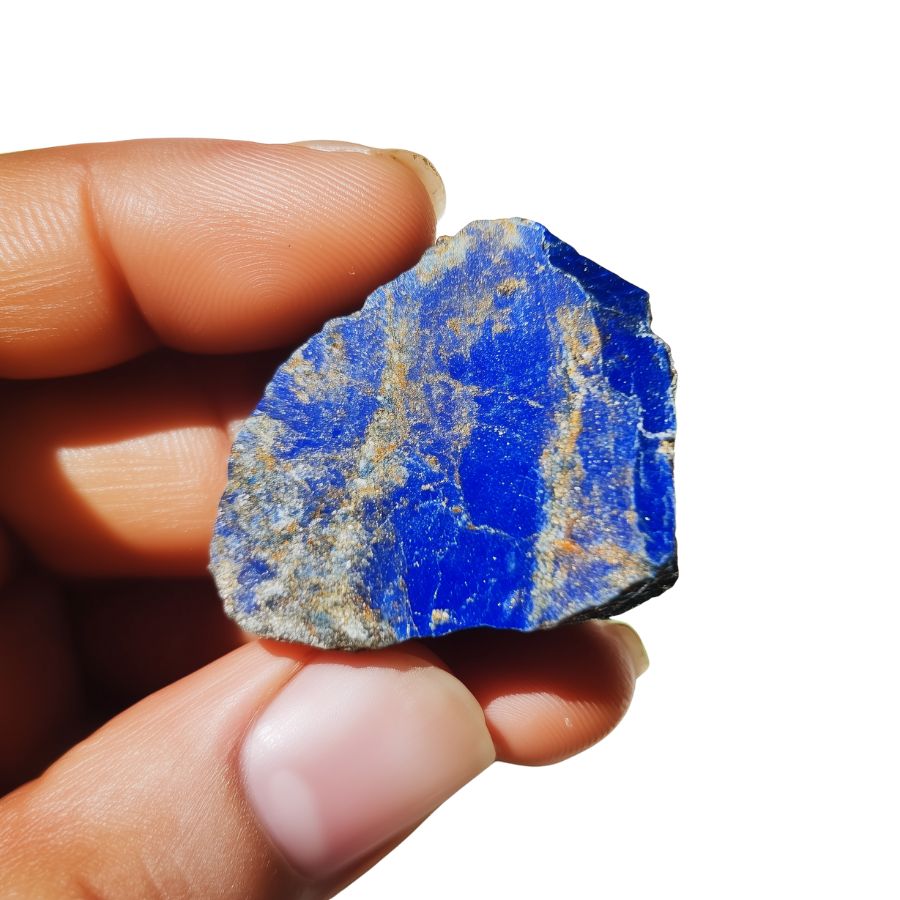
Take a close look at the stone’s surface – authentic Lapis Lazuli typically contains visible mineral inclusions.
The most common are golden pyrite specks, which appear as metallic flecks throughout the blue body. White or grey streaks of calcite are also normal and can range from thin veins to larger patches. Dark spots or areas are usually other minerals like sodalite or lazurite.
A uniform, perfect blue color without any inclusions is uncommon in natural Lapis and might indicate a fake stone. Use a magnifying glass if available – it helps spot these mineral patterns more clearly.
A Quick Request About Collecting
Always Confirm Access and Collection Rules!
Before heading out to any of the locations on our list you need to confirm access requirements and collection rules for both public and private locations directly with the location. We haven’t personally verified every location and the access requirements and collection rules often change without notice.
Many of the locations we mention will not allow collecting but are still great places for those who love to find beautiful rocks and minerals in the wild without keeping them. We also can’t guarantee you will find anything in these locations since they are constantly changing.
Always get updated information directly from the source ahead of time to ensure responsible rockhounding. If you want even more current options it’s always a good idea to contact local rock and mineral clubs and groups
Tips on Where to Look
Finding Lapis Lazuli can be tricky but not impossible if you know where to look. Here are some common places where you might get lucky with this beautiful blue stone.
Limestone Deposits
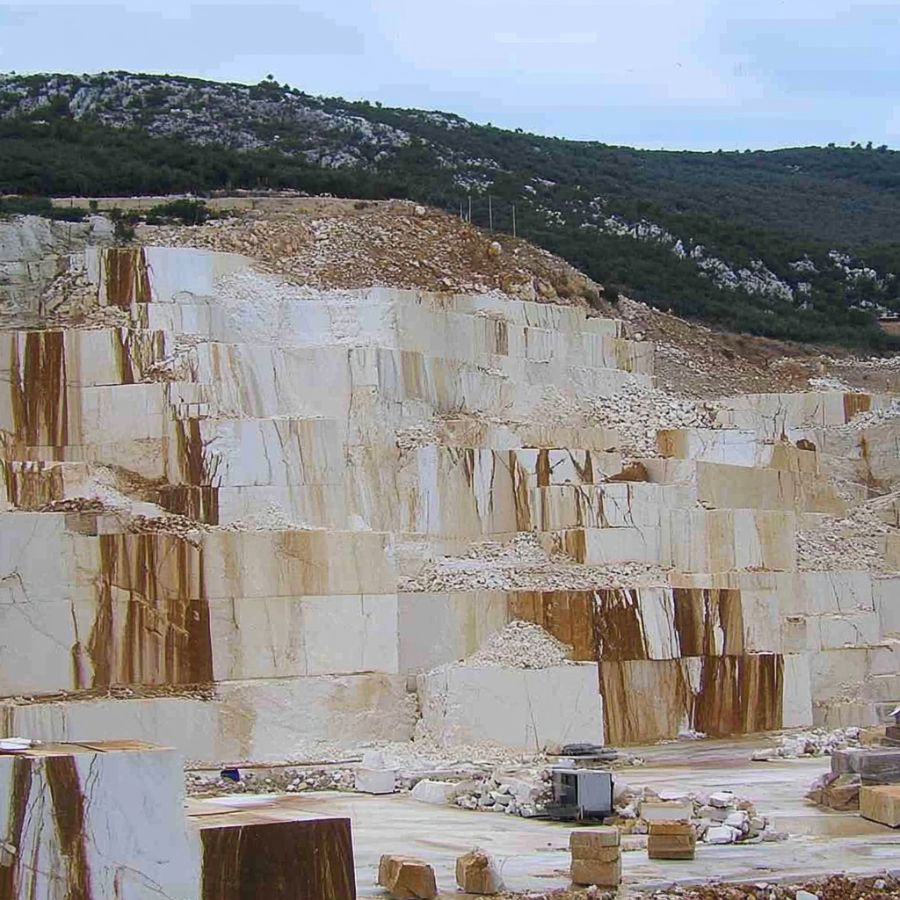
Look for white to grayish limestone areas. Lapis often form near limestone because both need similar conditions to form.
Check for blue veins or patches in limestone outcrops. If you spot calcite or pyrite nearby, that’s a good sign.
The presence of white marble alongside limestone makes it an even better spot since Lapis Lazuli typically forms when limestone transforms into marble through intense heat and pressure.
Mountain Quarries
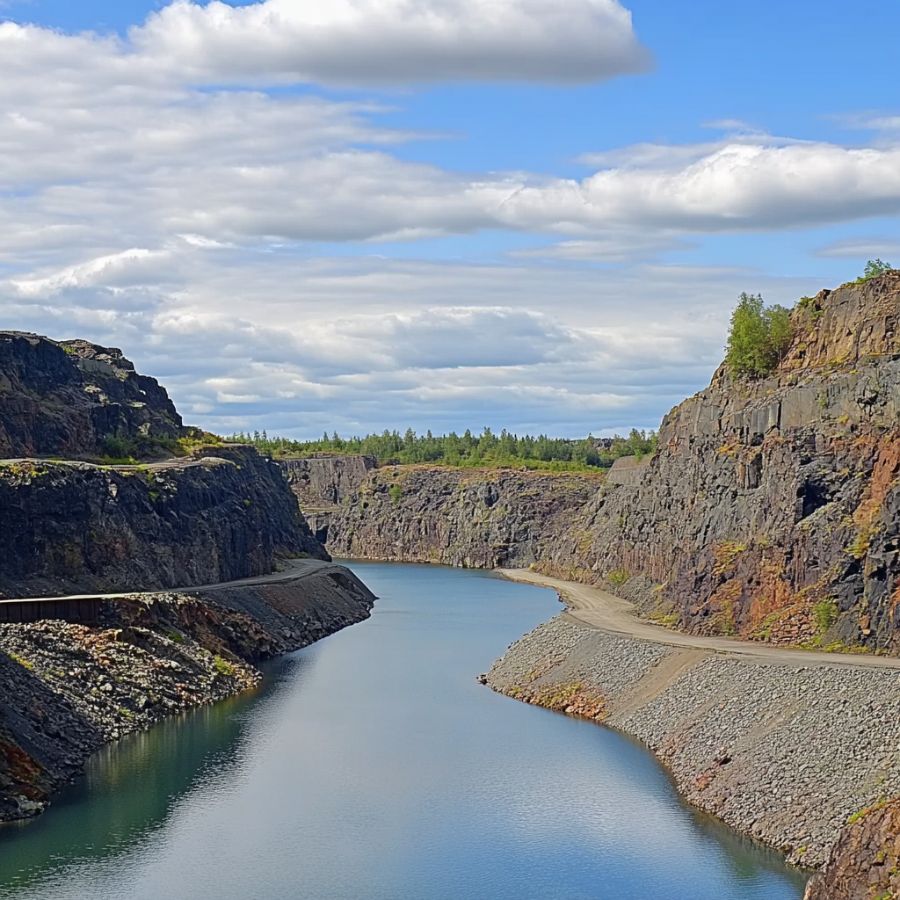
Active or abandoned quarries are goldmines for Lapis hunters. Focus on areas where they’re cutting into metamorphic rocks. The freshly exposed rock faces make it easier to spot the deep blue color.
While exploring these sites, keep an eye out for rocks with a mix of blue and white – that’s often how Lapis appears in its raw form. Sometimes, you might need to crack open seemingly ordinary rocks to reveal the blue treasure hiding inside.
Crystal Seams
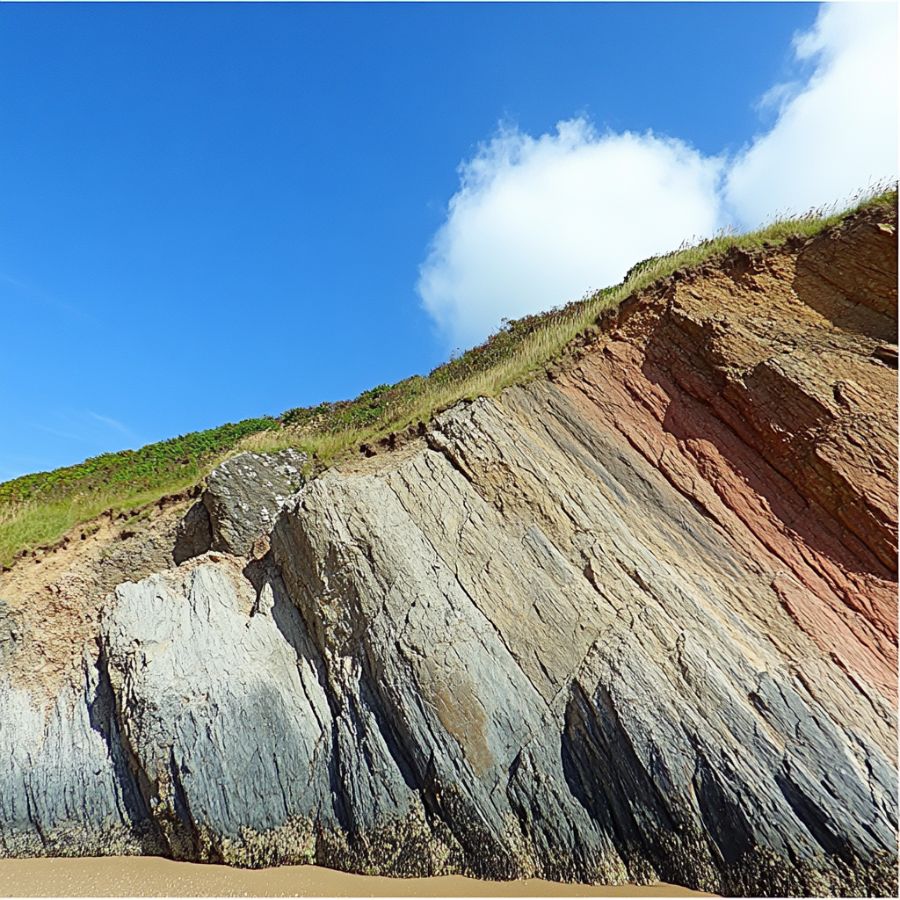
Search for crystal veins in rocky areas. When you find one crystal type, there’s a good chance you’ll find others nearby, including Lapis.
Look for areas where different rock types meet – these contact zones are perfect spots for Lapis formation.
While you’re checking these seams, which can sometimes stretch for several feet along rock faces and often contain multiple types of minerals clustered together, pay special attention to areas where you see dark blue or deep purple colors peeking through.
River Beds
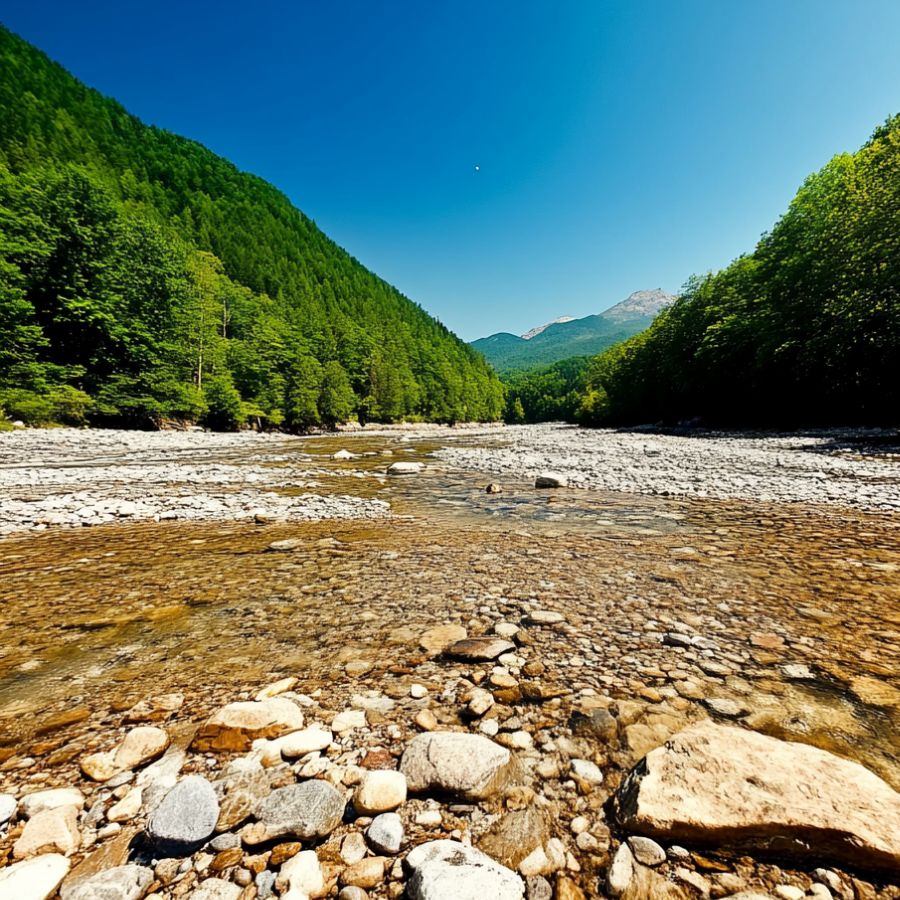
Check river beds and gravel bars, especially after heavy rains when new material gets washed down. Focus on areas where the water slows down – that’s where heavier stones like Lapis tend to settle.
Pro tip: dig about 1-2 feet deep in these spots, as heavier stones often sink below the surface materials.
The Tools You Will Need
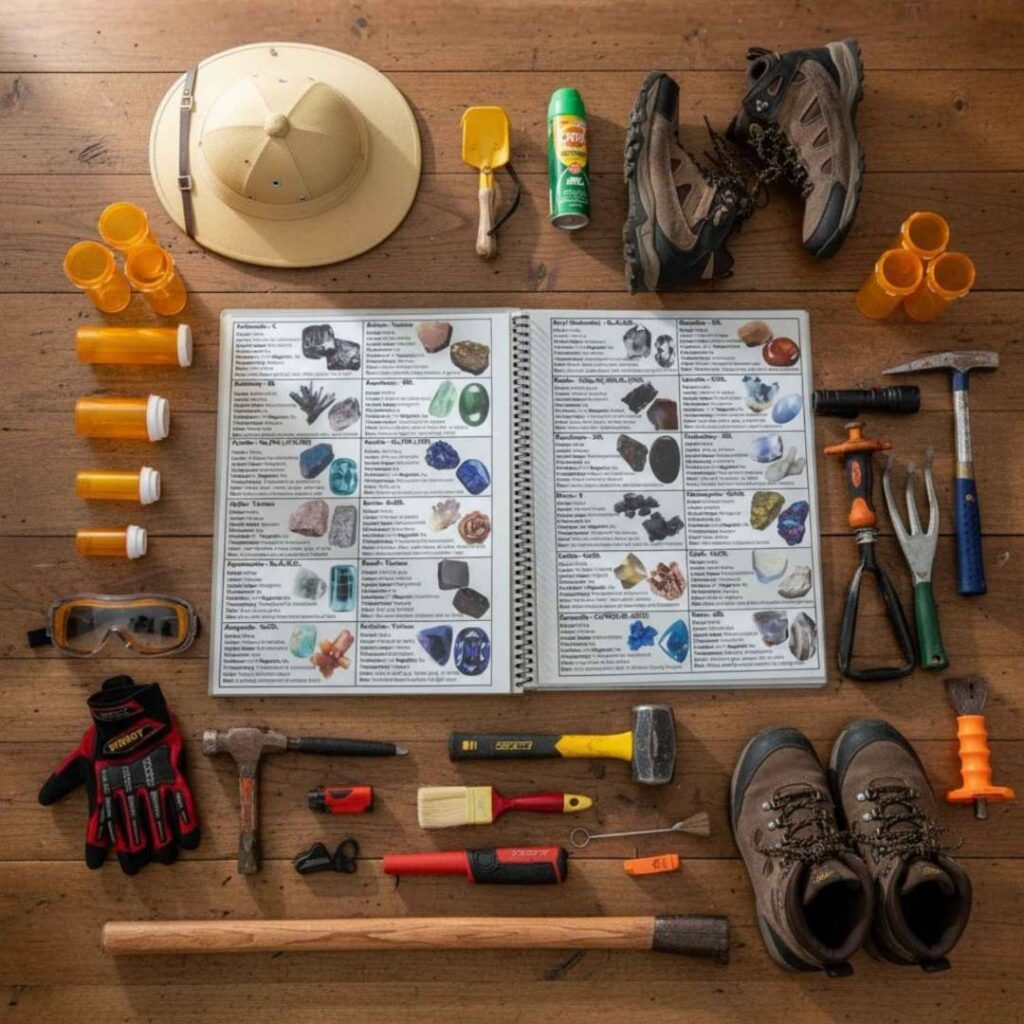
Hunting for lapis lazuli in Texas is all about patience, curiosity, and a few reliable tools. You don’t need a full workshop or expensive gadgets to get started. With a small set of essentials, you can explore confidently and know exactly what you’re looking at.
A Reliable Field Identification Guide – Essential
A good field guide is the single most useful tool for anyone hunting lapis. It helps you confirm whether that deep blue stone is truly lapis or just a look-alike like sodalite or azurite. It also saves time by giving quick, clear details right in the field so you can focus on finding instead of guessing.
Rock Chasing’s Texas Rocks & Minerals Identification Field Guide is great for this. It’s waterproof, light enough to toss in a backpack, and filled with sharp color photos of more than 120 Texas specimens. With it, you’ll never mistake an ordinary rock for something special or leave a valuable piece behind.
You can see HERE for yourself why Texas rockhounds love it.
Geologist’s Hammer – Essential
A geologist’s hammer is the workhorse of any rock hunt. It lets you break through surface rock and chip off small samples without damaging them. The pointed end helps you pry loose material, while the flat end gives clean strikes when checking exposed veins.
Hand Lens – Recommended
A hand lens, or small magnifier, brings fine details into focus. It helps you check the texture, shine, and color patterns that set real lapis apart from other blue minerals. It’s small enough to hang from a lanyard and instantly improves your eye for identification.
Gloves – Recommended
Even in soft terrain, rocks can have jagged edges and hidden grit. A sturdy pair of gloves keeps your hands protected when prying, lifting, or carrying specimens. They also give you better grip on slick or dusty surfaces when you’re climbing around outcrops.
Sample Bag or Pouch – Optional
Once you’ve gathered a few promising stones, you’ll need a safe way to carry them. A small canvas pouch or drawstring bag keeps your finds from scraping against each other. It’s not essential, but it helps keep your lapis samples in one piece on the trip home.
Some Great Places To Start
Here are some of the better places in the state to start looking for Lapis Lazuli:
Always Confirm Access and Collection Rules!
Before heading out to any of the locations on our list you need to confirm access requirements and collection rules for both public and private locations directly with the location. We haven’t personally verified every location and the access requirements and collection rules often change without notice.
Many of the locations we mention will not allow collecting but are still great places for those who love to find beautiful rocks and minerals in the wild without keeping them. We also can’t guarantee you will find anything in these locations since they are constantly changing.
Always get updated information directly from the source ahead of time to ensure responsible rockhounding. If you want even more current options it’s always a good idea to contact local rock and mineral clubs and groups
Terlingua
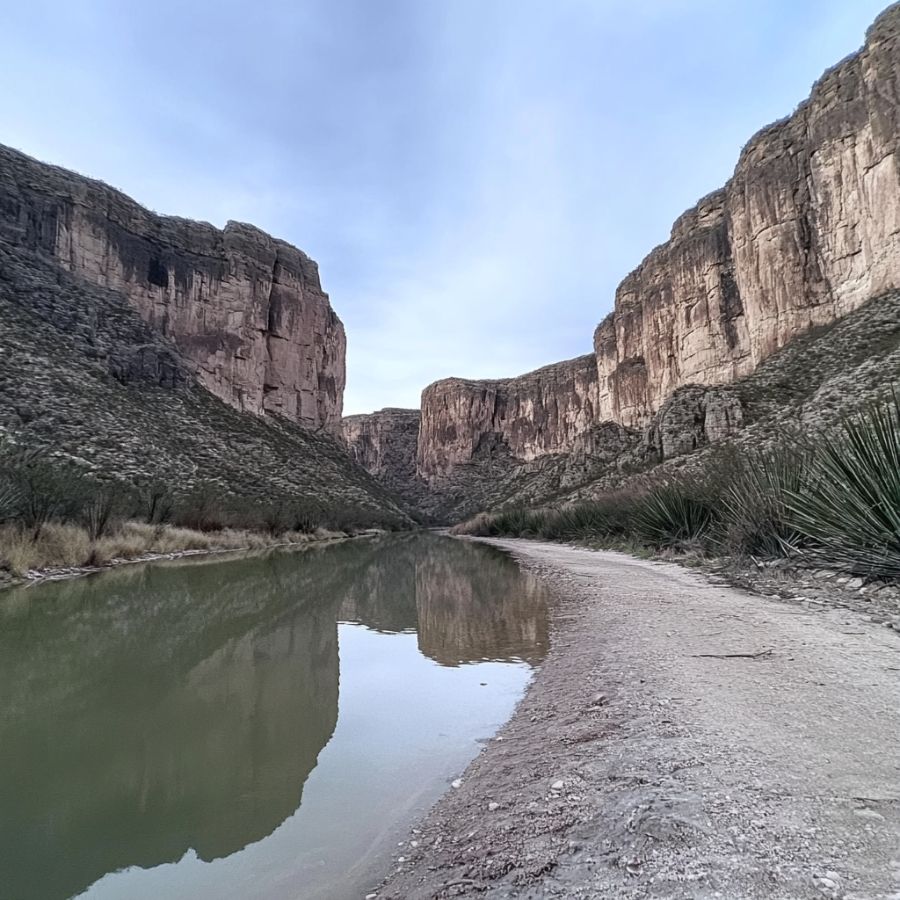
Terlingua is a small mining town in southwest Texas, close to the Rio Grande River. This historic mining district became famous in the early 1900s for its mercury mines, which brought many miners to the area. Today, the old ghost town and mining sites attract rock collectors and history lovers.
The area’s rocks formed millions of years ago when volcanic activity changed the local limestone. These changes created perfect conditions for different minerals to form.
Old mine dumps and exposed rock faces show layers of colorful minerals. The desert landscape makes it easier to spot rocks and minerals on the ground.
Rock collectors can search around the old mining areas and dry creek beds. The best spots for Lapiz Lazuli are near the old mercury mines, where the rock layers have been exposed. During spring and fall, when temperatures are mild, collectors often visit these spots to look for minerals.
You've probably walked past some incredible rocks and minerals. You need this guide 👇👇👇
We've all come across a cool rock that we could have sworn was rare or valuable but couldn't tell what it was.
If you're not 100% confident that you know every rock and mineral in Texas this guide is for you.
The Texas Rocks & Minerals Field Guide helps you ID what you find in seconds, from Hill Country agates to Llano granite, with crisp photos, simple charts, and zero fluff.
→ Grab your copy today and spot your next gem before anyone else does.
What this guide unlocks:
🧭 Confidence in the field — ID rocks fast and move on to the next find
🎒 Lightweight and waterproof — built for trails, not coffee tables
🌅 Weekend adventures — find treasures on rivers, ranches, and roadsides
🤠 Texas pride — explore the real geological beauty of your state
🔥 Motivation — every trip outside feels like a hunt for hidden gems
Alpine
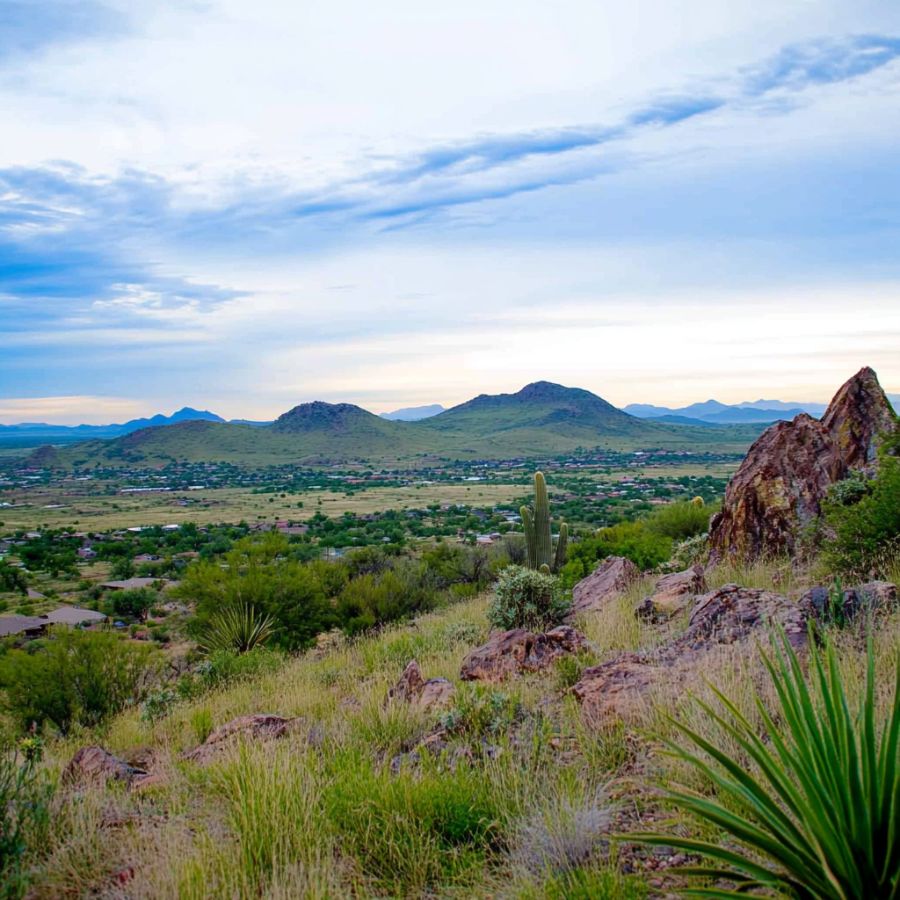
Alpine sits in Brewster County surrounded by the beautiful Chihuahuan Desert. Mountains rise up on both sides – the Davis Mountains to the north and Chisos Mountains to the south. The area has a rich history of volcanic activity, which created perfect conditions for gemstone formation.
The famous Woodward Ranch near Alpine is a top spot for rock collectors. This ranch has gained popularity for its colorful agates and various gemstones.
Clear stream beds and shallow canyons around the ranch often reveal hidden treasures. Natural water flow over time has helped expose many rocks and minerals in these areas.
Local guides can point you to specific spots where Lapis Lazuli has been found. The ranch offers guided tours that take you to the best collection areas. Many rock enthusiasts visit this place year-round because of its easy access and variety of stones.
Van Horn Mountains
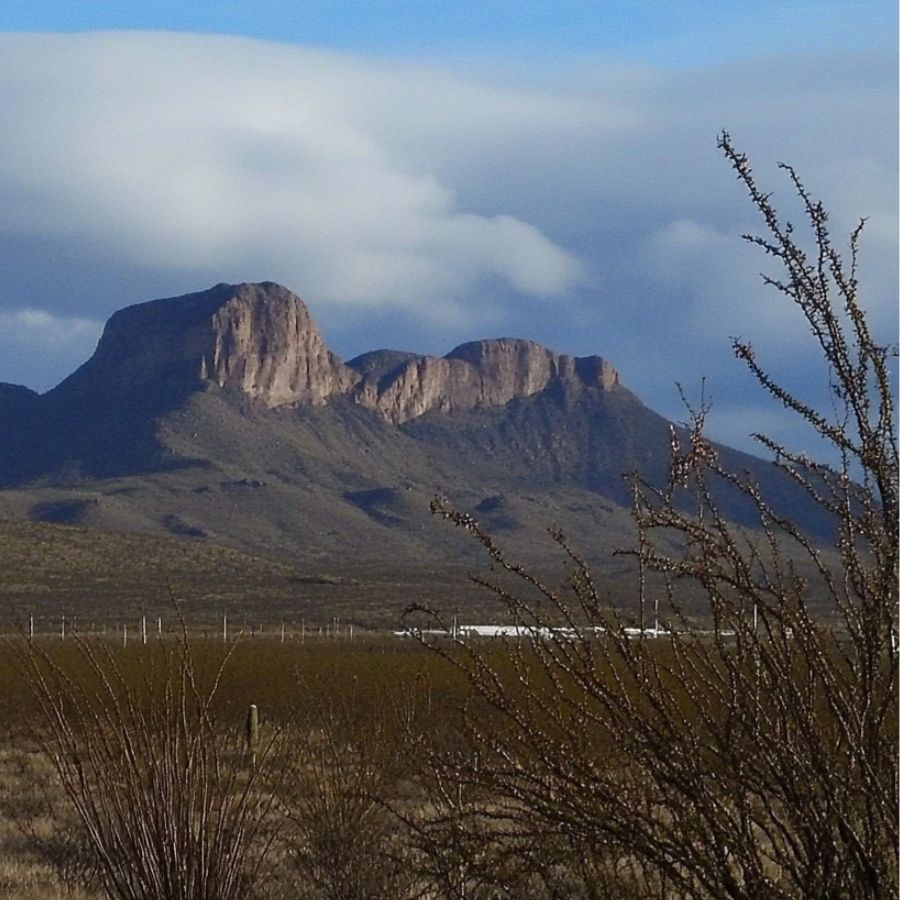
The Van Horn Mountains run through southwestern Culberson County reaching heights of 5,565 feet. These mountains stretch southeast from the town of Van Horn into Jeff Davis County.
The mountains feature special rock formations called pegmatites. These rocks contain various minerals and appear in different shapes and sizes throughout the range. The soil here is rocky and shallow, supporting a mix of oak trees, juniper, and grass.
Lapis Lazuli hunters should focus on areas with pegmatite formations. These spots often show visible layers of different minerals, especially where you can see quartz and other crystalline structures. The best hunting grounds are near the mountain’s exposed rock faces where pegmatites are clearly visible.
Local rockhounds often search the southeastern slopes where mineral deposits are more common.
Shafter
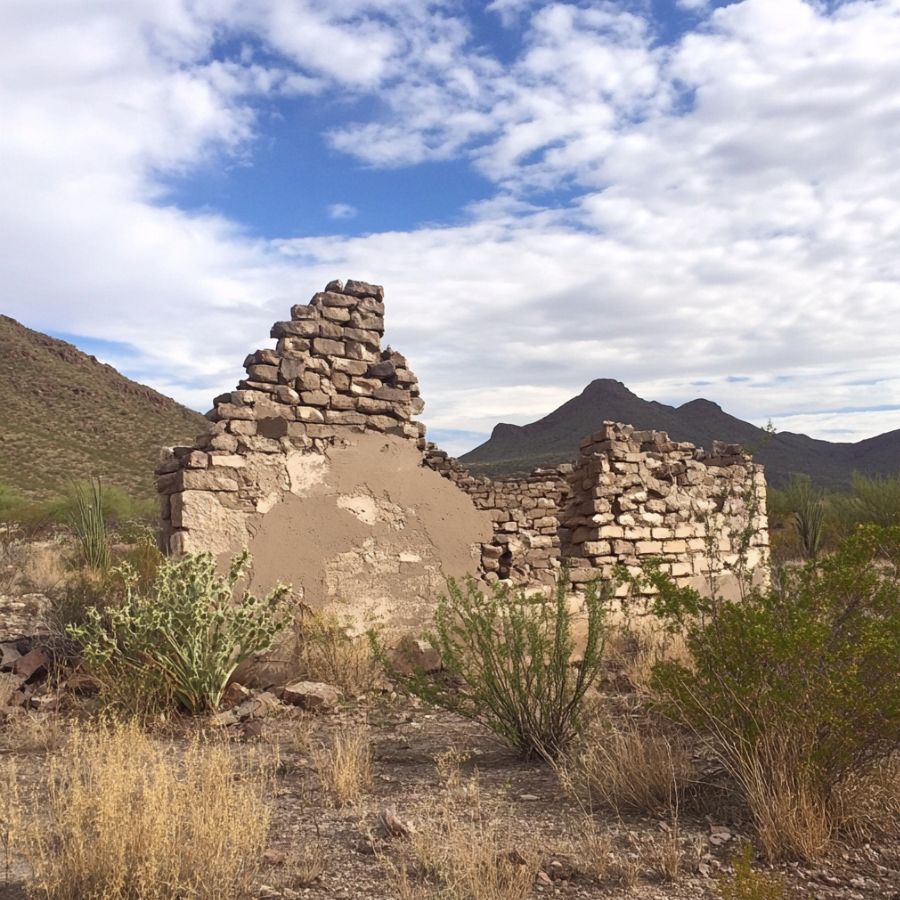
Shafter is a historic ghost town in Presidio County about 20 miles north of the Mexican border. The area was once a busy silver mining town in the late 1800s and early 1900s. Today, its old mine sites and desert landscapes attract rock collectors.
Blue Lapis Lazuli can be found in the rocky areas around the old Presidio Mine workings. The stone forms in the limestone rocks that are common in this region. Ancient sea beds from millions of years ago created these limestone deposits.
Rock hunters often search the desert hills and old mining dumps near the abandoned mine shafts. These spots contain many different minerals besides Lapis, including silver ore and calcite crystals. The best collecting areas are in the weathered outcrops east of the old town site.
Visitors should bring plenty of water and sun protection since Shafter sits in a hot desert environment.
Marfa
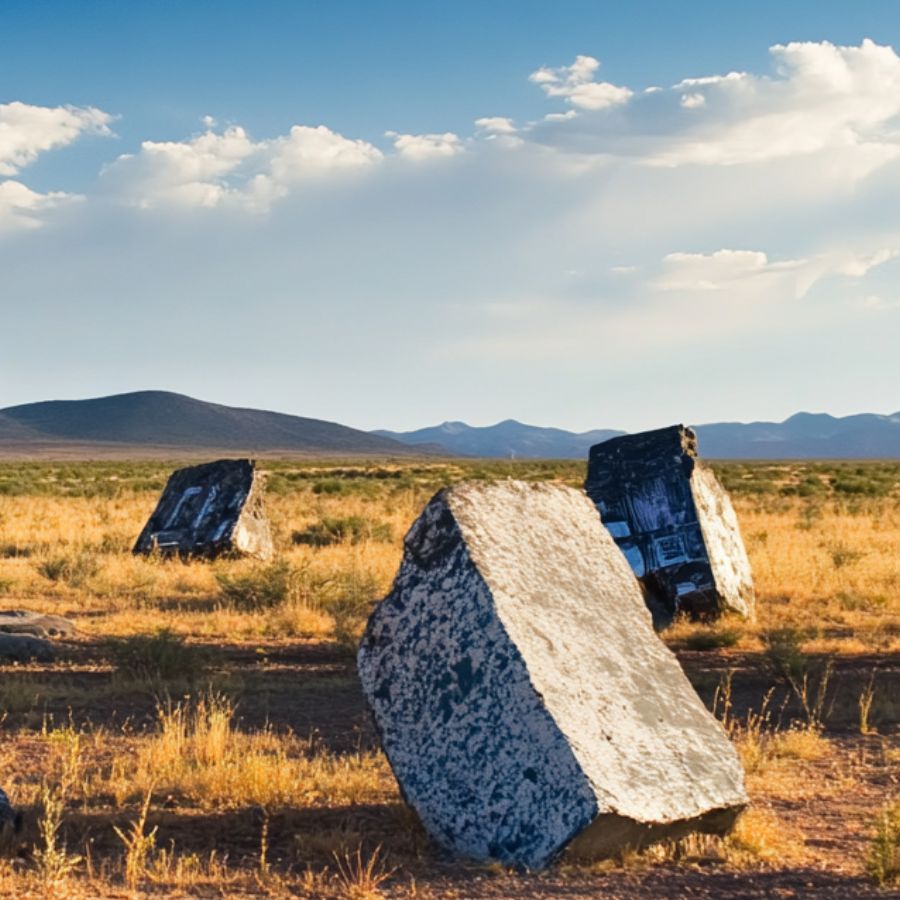
Marfa is a small desert town in West Texas, about 200 miles from El Paso. The town sits in the Marfa Basin, which formed millions of years ago.
This region stands out for its interesting mix of rocks. Ancient limestone layers mix with volcanic deposits, creating perfect conditions for finding unique stones. Rock collectors often search the creek beds near the Davis Mountains, where water has exposed different rock layers over time.
The best spots to look for Lapis Lazuli are around old limestone areas and places where igneous rocks meet metamorphic rocks. Local stream beds and canyon walls often reveal mineral deposits.
Places Lapis Lazuli has been found by County
After discussing our top picks, we wanted to discuss the other places on our list. Below is a list of the additional locations along with a breakdown of each place by county.
| County | Location |
| Brown | Lake Brownwood Spillway |
| Val Verde | Langtry |
| Val Verde | Juno |
| Pecos | Sheffield |
| Pecos | Iraan |
| Pecos | Girvin |
| Reeves | Balmorhea |
| Reeves | Toyahvale |
| Terrell | Sanderson |
| Terrell | Dryden |

